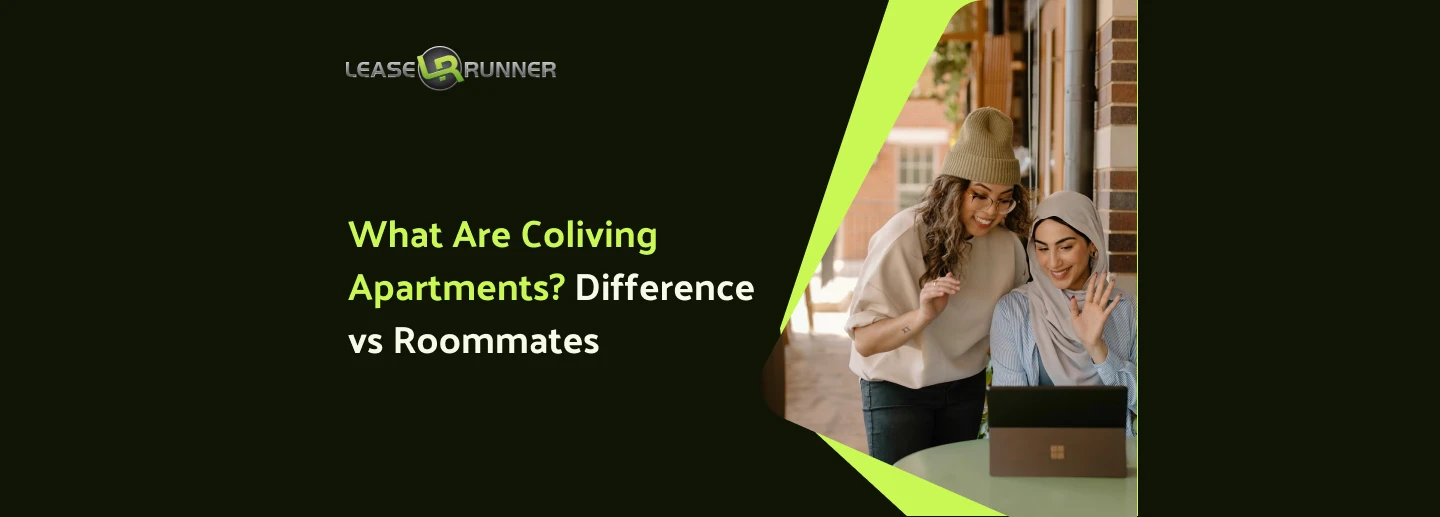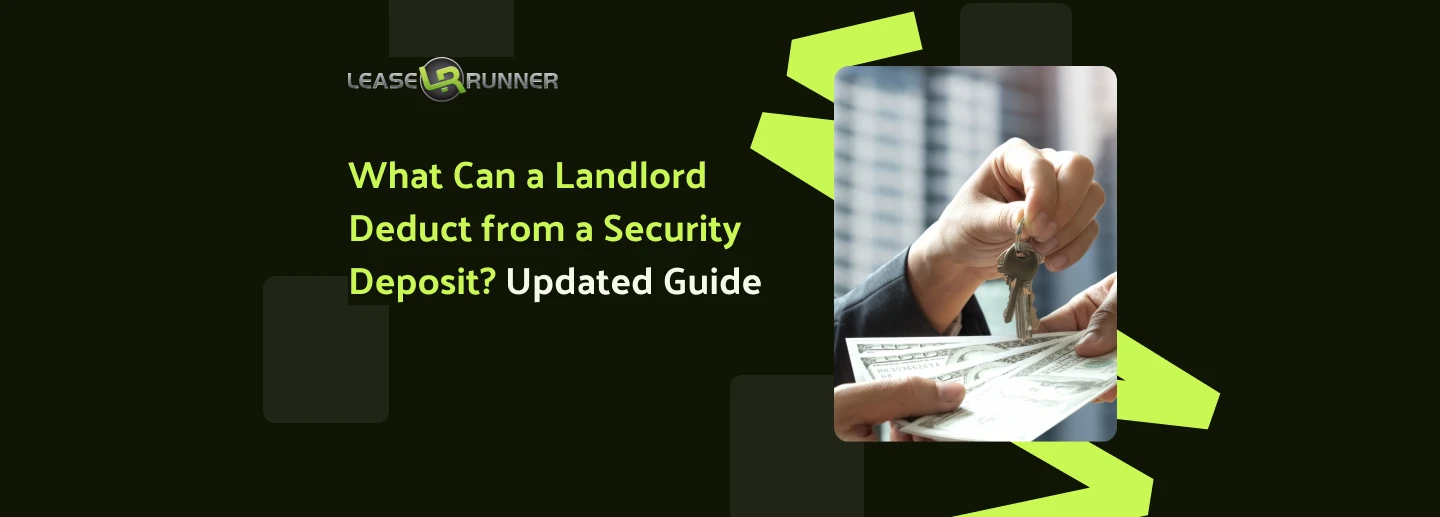A lease buyout apartment is a common solution when tenants or landlords want to end a lease early by mutually agreeing to pay a fee. Understanding what a lease buyout apartment is and the lease buyout agreement process is key to a smooth transaction.
This agreement helps tenants move out early and landlords re-rent without lengthy disputes. Whether you are buying out an apartment lease or negotiating an early exit, this guide covers costs, legal rules, and best practices for success.

Lease Buyout vs Early Lease Termination: Key Differences
Understanding the differences between a lease buyout and early lease termination is important for tenants and landlords alike, as these options affect legal responsibility, finances, and future arrangements differently.
- Early lease termination usually happens when a tenant ends the lease before the agreed period without the landlord’s consent. This often leads to penalties, fees, or legal action for breach of contract.
For example, if a tenant moves out early without negotiating, the landlord may charge an early termination fee or pursue unpaid rent through the courts. This route can create conflict and can be costly to both sides.
- In contrast, a lease buyout is a negotiated agreement where the tenant or landlord chooses to end the lease early with mutual consent. Lease buyouts typically involve a buyout fee specified in a formal lease buyout agreement. This document clearly states the move-out date and any fees owed, helping prevent disputes.
For instance, a tenant relocating for work might pay a buyout fee to leave early, while the landlord gains the ability to rent the apartment sooner. This method gives both parties clarity and legal protection.
Knowing the buyout definition and how a lease buyout agreement differs from early termination safeguards landlords and tenants. Lease buyouts generally cost less and avoid lawsuits. For details on extending or renewing leases instead of early termination, see our lease extension vs renewal guide.
What Is a Lease Buyout Apartment?

A lease buyout apartment is a rental property where the lease buyout is a legally binding agreement to end the lease early, made official by agreement, often with a buyout fee. This financial transaction allows a tenant to pay the landlord a lump sum in exchange for being relieved of all remaining obligations under the rental contract. It applies across various rental types:
- Apartment lease buyout: Specifically for apartment rentals, allowing tenants to end leases early by paying an agreed fee.
- Residential lease buyout: Applies to single-family homes or multi-family properties.
Such agreements formalize lease buyout terms to outline the fee, the move-out date, and responsibilities. For example, if a tenant must relocate quickly, paying a lease buyout fee allows them to exit without legal penalties while the landlord can advertise the unit sooner.
Compared to lease violations, buyouts provide a cleaner, more predictable solution that avoids tangled legal issues. This proactive approach makes turnover smoother and less adversarial. Also, a simple lease addendum can sometimes serve a similar purpose to a buyout, especially if the changes are minor.
When to Use a Lease Buyout Apartment?
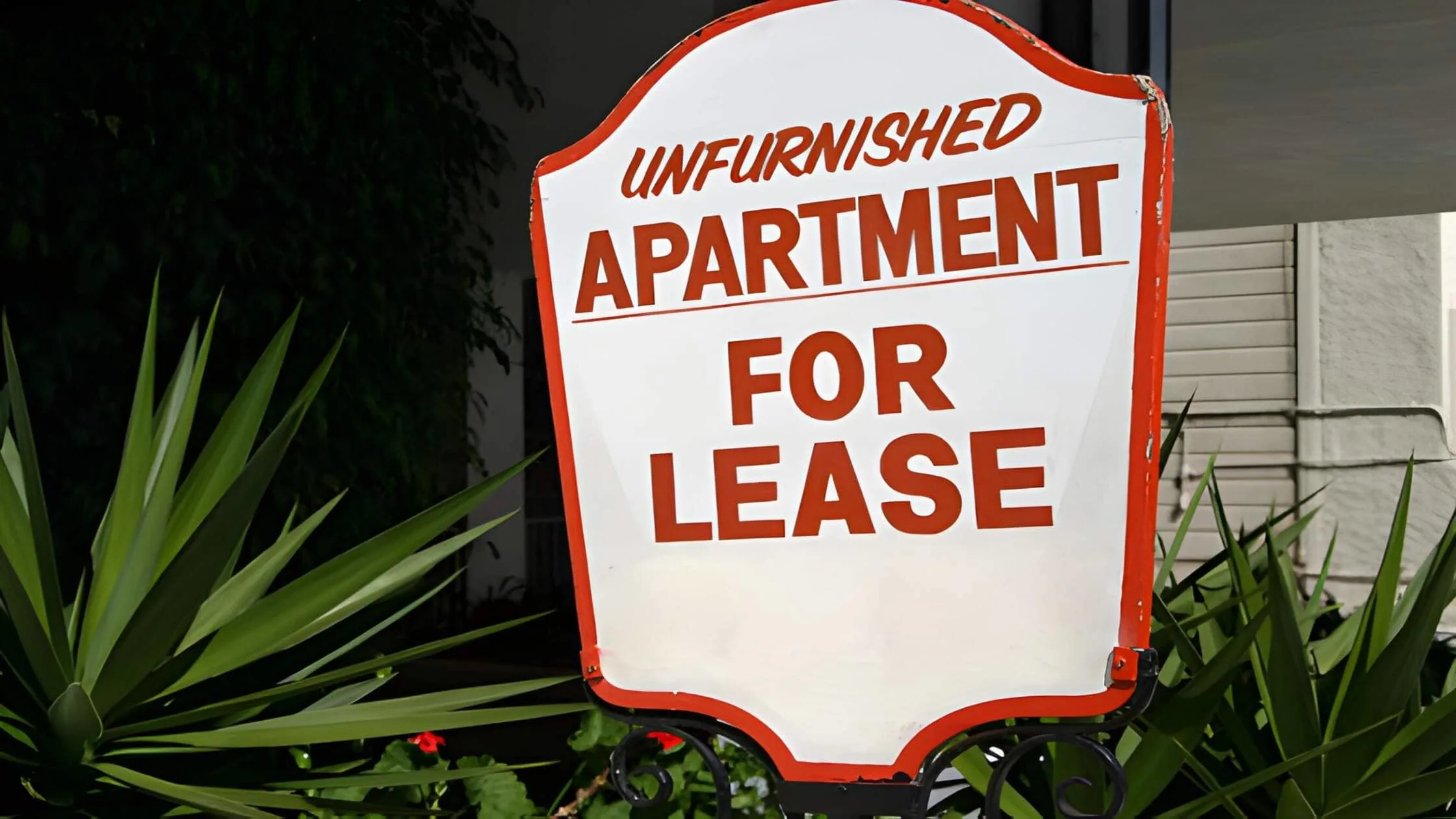
A lease buyout apartment is useful in situations when either the tenant or landlord needs to end the lease early with clear terms. This option helps both sides avoid conflict and costly delays.
Tenant Reasons
Tenants choose a rental lease buyout for several reasons. For example, if a tenant gets a new job in another city, they may pay a lease buyout fee to move out early. This lets them avoid penalties that come with breaking a lease. Also, family emergencies or financial troubles may push tenants to seek a residential lease buyout. Someone wanting to upgrade housing or downsize can negotiate a buyout to leave sooner.
Landlord Reasons
Landlords also find apartment lease buyouts handy. When planning to sell the property quickly, a landlord may offer a buyout to get tenants to move out faster. Or, if a landlord needs to renovate a unit, they can use a buyout to clear it in time. Another common reason is to replace tenants paying lower rent with new ones willing to pay more.
Mutual Benefit
Both parties win when they use a lease buyout agreement. It avoids legal battles like evictions or holdover disputes. Tenants leave with clear terms. Landlords reduce vacancy length. This smooth exchange saves time and money.
A rental lease buyout usually saves time and money for all parties. It sets a clear move-out date and fee upfront. By contrast, lease terminations without buyout agreements can lead to drawn-out legal battles.
Why Do Landlords and Tenants Consider a Lease Buyout?
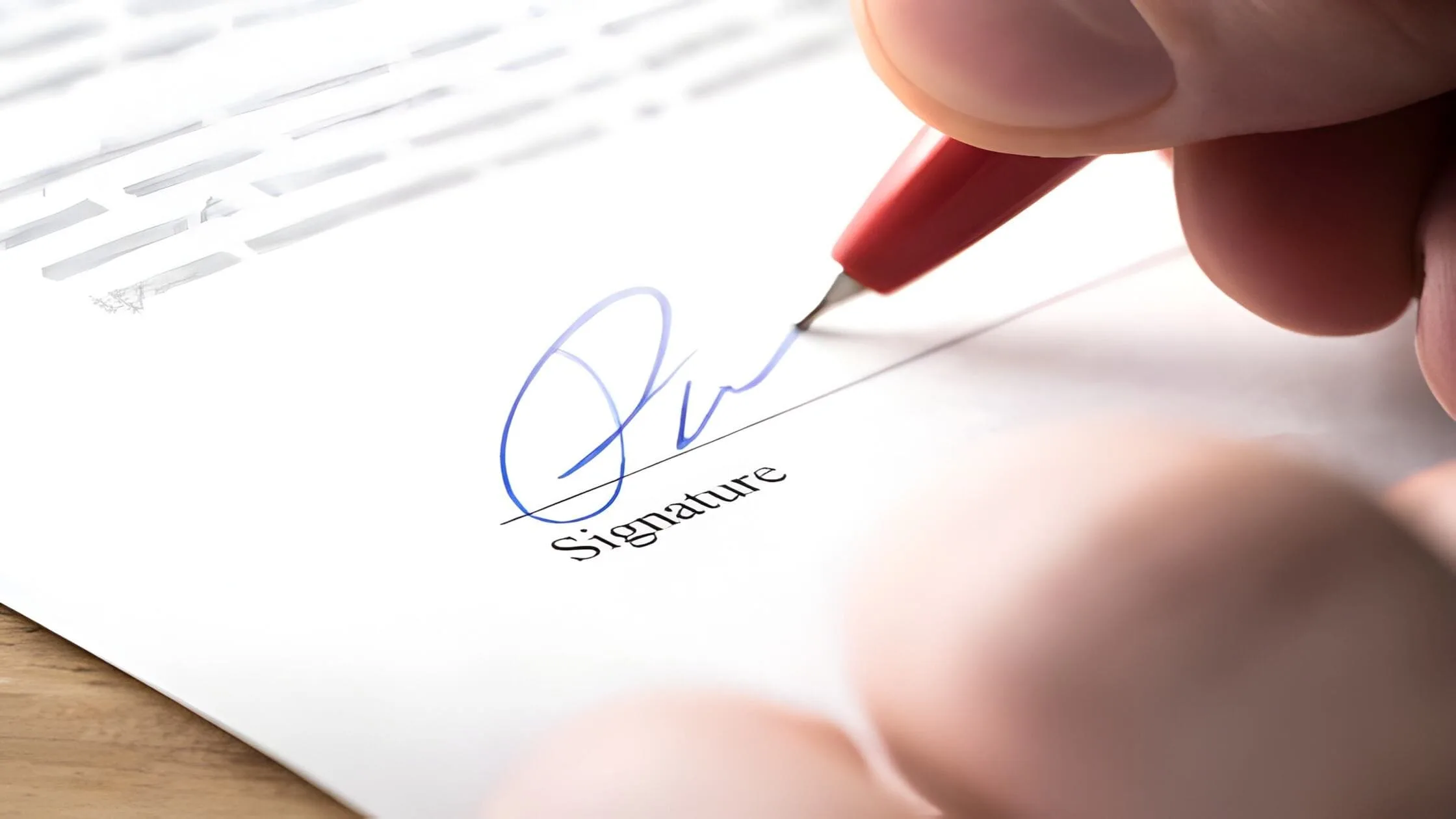
A lease buyout apartment often presents a practical solution for both landlords and tenants. It allows tenants to exit a lease early while giving landlords a way to minimize losses and prepare their units for new renters. Understanding why each party considers a buyout helps clarify its benefits and common uses.
Financial Motivation for Landlords
Many landlords see a lease buyout apartment as a way to quickly regain control of their property. If a tenant leaves early with a buyout fee, the landlord can rent the unit at current market rates, reducing vacancy losses. Lease buyouts prevent costly legal actions such as eviction, saving money in the long run.
Some landlords use buyouts strategically to move tenants out before renovations or sales. Lease buyouts provide financial incentives without waiting for lease expiration. Our “How to Determine the Vacancy Rate” blog explains why reducing vacancy time impacts revenue.
Flexibility and Benefits for Tenants
Tenants gain valuable flexibility by exercising options on how to buy out of a lease. A lease buyout allows early move-out without the penalties typically involved in lease breaking. This flexibility suits renters who relocate for jobs, family needs, or financial reasons.
With a residential lease buyout, tenants avoid harming their credit or rental histories. Recognizing the lease buyout meaning of an apartment helps tenants weigh buyouts against subletting or transferring leases. Often, paying a buyout fee is simpler, cheaper, and legally safer than other early exit methods, such as those related to subletting vs subleasing or breaking the lease without an agreement.
Situations Where Both Parties Can Win
A well-negotiated apartment lease buyout creates win-win outcomes. For example, a tenant may offer two months’ rent to exit a one-year lease early. The landlord saves eviction and vacancy costs, while the tenant moves out without stress or penalties.
Understanding how a buyout works clarifies that written agreements prevent future disputes. Buyouts require clear terms on fees, move-out dates, and responsibilities to work smoothly. When landlords and tenants act collaboratively, lease buyouts ease transitions and save time and money.
How Much Does a Lease Buyout Cost?

Understanding the costs involved is essential for both landlords and tenants considering a lease buyout apartment. The price to buy out a lease can vary widely. This section explains typical cost ranges, factors that influence these costs, and who usually pays the fee.
Typical Cost Ranges and Influencing Factors
The cost of a lease buyout apartment generally depends on factors like the remaining lease term, the local rental market, and landlord policies. Usually, fees range from one to three months’ rent, but can be higher or lower depending on the situation. These costs often include a reletting fee designed to cover the administrative and marketing expenses of finding a new tenant.
For example, if a tenant wants to leave halfway through a 12-month lease in a high-demand area, the fee might be closer to three months’ rent. Conversely, in a slow market, fees might be lower to encourage turnover.
Another factor is the tenant’s payment history. Tenants with a good record may negotiate lower buyouts, while those with late payments might face higher fees to offset risks. Landlords use these fees to minimize losses from vacancy or unpaid rent.
Local rental demand greatly impacts buyout prices. In tight markets where apartments rent quickly, landlords may ask for higher buyout fees. In weaker markets, landlords may offer incentives to tenants to leave early, reducing the fee or covering part of the cost themselves.
Tenants should understand these factors before negotiating to buy out apartment lease agreements. Services like LeaseRunner often provide data and estimates to help calculate realistic buyout fees based on current market conditions. Using a rent ledger can help both parties track payments and see where the lease stands before negotiating a buyout fee.
Who Pays the Buyout: Landlord or Tenant?
Typically, tenants pay the rental lease buyout fee since they want to exit early. However, landlords sometimes offer financial incentives for tenants to leave sooner, especially when preparing to renovate or re-rent at higher rates. For instance, a landlord may offer to cover one month’s rent as an incentive, lowering the tenant’s out-of-pocket costs.
Market conditions and negotiation skills influence who bears most of the buyout cost. Skilled tenants can negotiate lower fees or payment plans, while landlords might negotiate higher fees to cover risk and vacancy losses.
Offering rent concessions may benefit landlords by shortening vacancy periods and improving rental property cash flow sooner. Both parties should clearly outline payment responsibilities in the lease buyout agreement.
Legal Requirements for Lease Buyout in the US
Understanding legal rules is vital for landlords and tenants considering a lease buyout of an apartment. Laws protect both sides by making sure buyout deals are clear and fair. This section covers the general legal framework and important rules in key states.
General Legal Framework for Lease Buyouts
A lease buyout agreement must be written and signed by both landlord and tenant. The contract should clearly say the amount to pay, how the tenant must pay, when to move out, and what both must do. For example, the agreement might say the tenant pays two months’ rent by check before moving.
Without a written contract, it is hard to enforce such terms in court. Many states also require landlords to give disclosures or offer cooling-off periods. These rules give tenants time to think before signing. Landlords and tenants should check local laws before finalizing buyouts. For complex cases, legal advice is recommended.
Lease Buyout Laws in New York (Focus on NYC)
In New York City, a lease buyout apartment agreement follows strict local housing laws. Landlords must document the buyout fully to avoid claims of illegal eviction or harassment. For instance, landlords cannot force tenants to accept buyouts or discriminate against them. The city requires landlords to give tenants clear, written buyout offers and enough time to decide. This protects tenants and keeps negotiations fair and legal.
Lease Buyout Rules in California (San Francisco & Los Angeles)
California does not have statewide lease buyout laws. But rent-controlled cities like San Francisco and Los Angeles add extra rules. Landlords must follow rent stabilization rules when offering buyouts. Tenants have the right to reject offers and ask for written explanations. Landlords cannot pressure tenants or mislead them.
Key Tenant Rights Landlords Must Respect
Tenants must not feel pressured to agree to lease buyouts. They can say no or ask for legal advice. Signing a rental lease buyout does not remove other tenant rights, such as the apartment’s good condition or return of the security deposit. Respecting these rights helps both landlords and tenants avoid disputes and build trust.
Risks and Challenges in Lease Buyout
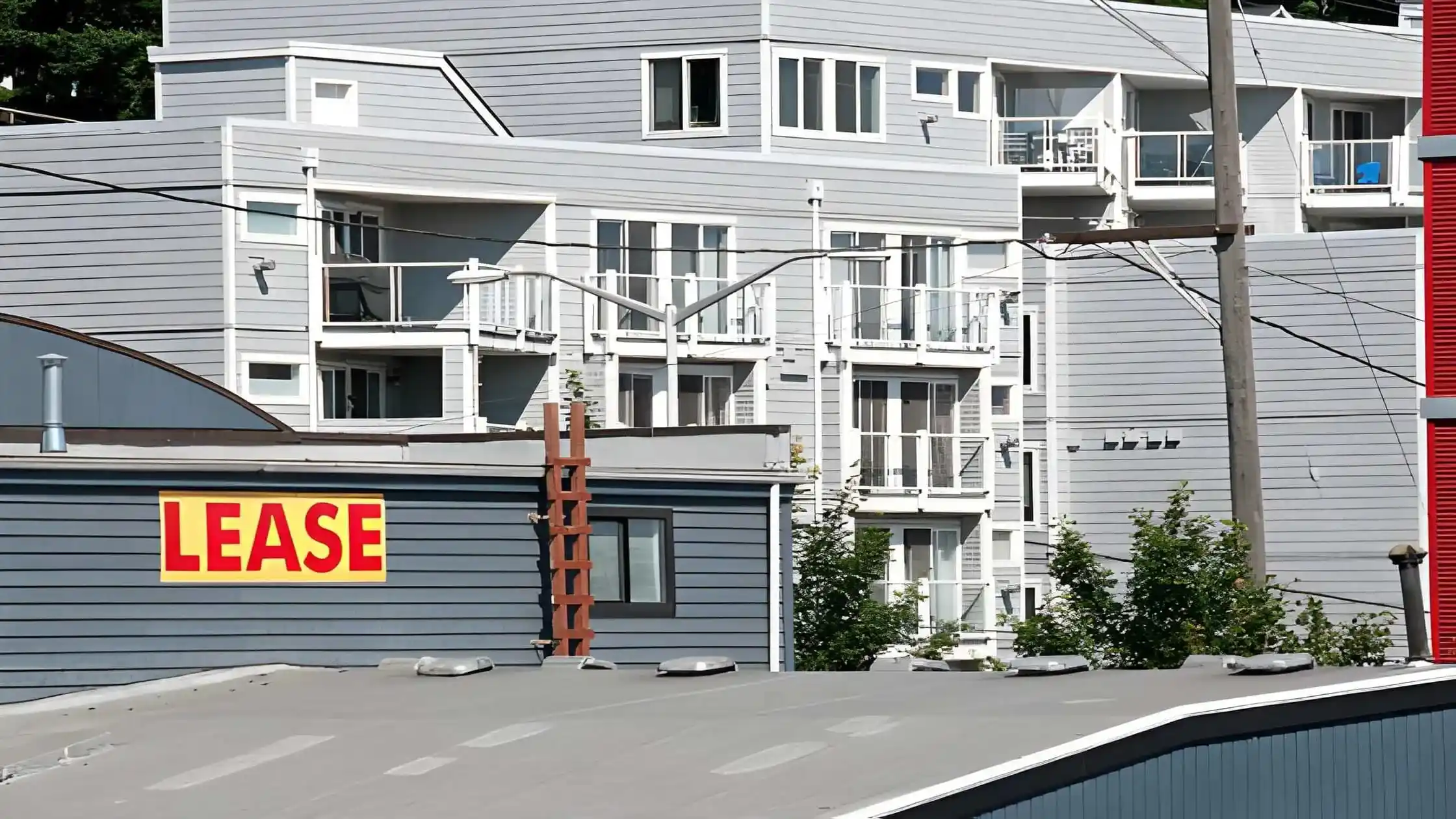
Lease buyouts can be helpful but come with risks for both landlords and tenants. Knowing these risks helps avoid future problems and costly disputes.
Potential Legal Risks for Landlords
Unclear or poorly documented lease buyout agreements risk legal trouble for landlords. For example, pressuring tenants into a rental lease buyout can lead to lawsuits under tenant protection laws. Courts may invalidate such agreements if tenants prove coercion.
Clear contracts must state all terms, including fees and move-out dates, to protect landlords. Landlords should follow California rental application laws and avoid illegal practices during tenant screening in California. Always keep records to show that the tenant agreed freely.
Common Mistakes Tenants Should Avoid
Many tenants make mistakes by not getting the lease buyout agreement in writing. Verbal deals can confuse how much a lease buyout apartment is or what responsibilities it includes. Tenants may also agree to unfair or hidden fees disguised as buyout costs.
Before signing, tenants must ask for a full written report on fees and conditions. Knowing how to buy out of a lease safely means understanding local laws and rights. Tenants should avoid paying anything without a formal, clear contract. LeaseRunner’s resources explain how a buyout works and suggest safe steps.
Understanding risks and following best practices makes the residential lease buyout smoother. Clear paperwork and honest talks benefit both landlords and tenants.
Best Practices for a Successful Lease Buyout
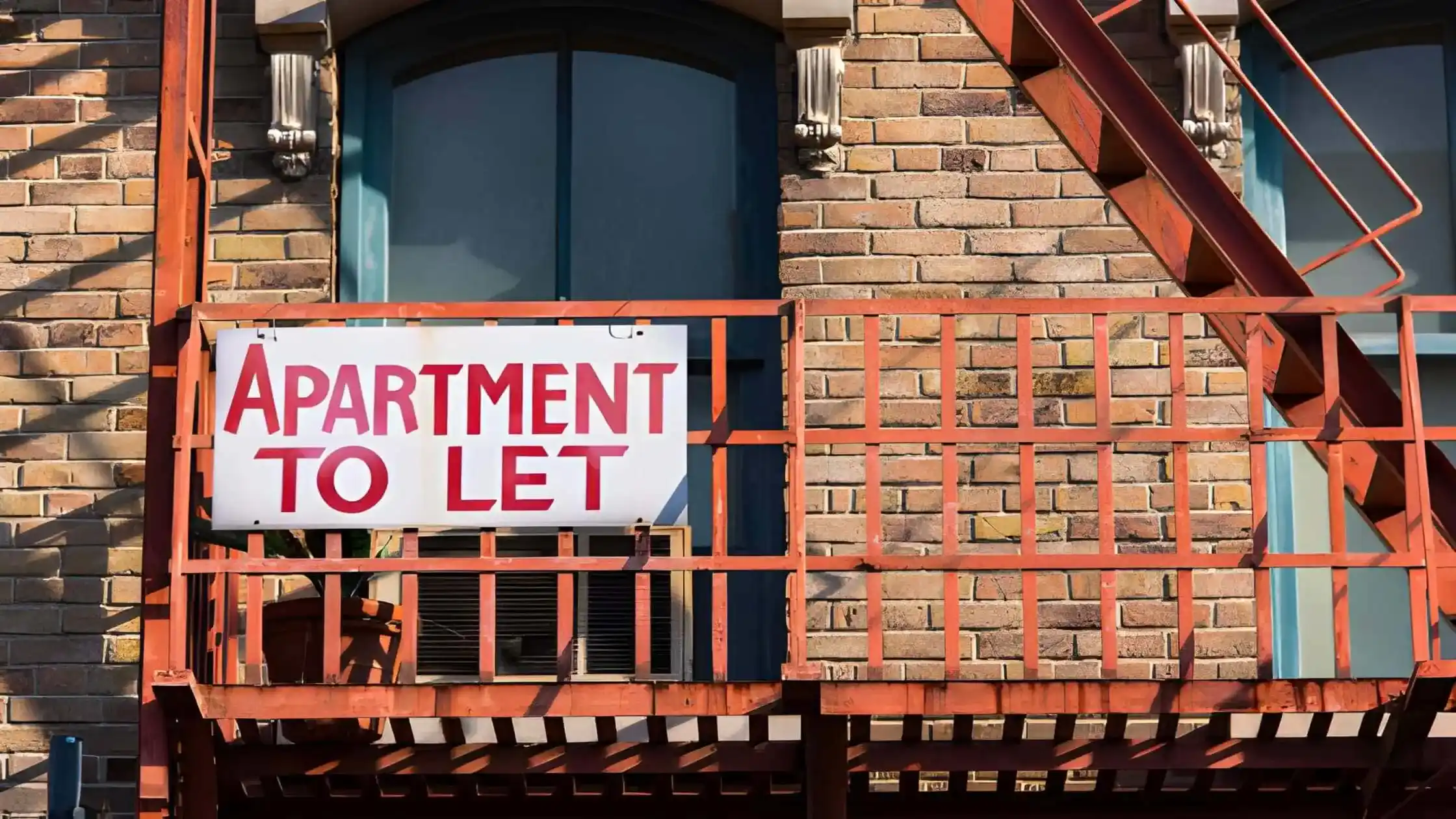
When planning a lease buyout apartment, clear communication and well-written agreements are key to success. Both landlords and tenants should know their roles, costs, and deadlines.
Drafting a Clear and Enforceable Agreement
A good lease buyout agreement lists important points. It shows how much money the tenant will pay and when. The contract must say the exact move-out day. It should say how the apartment must be left. It also says both sides agree not to sue later. Using simple words stops confusion. For example, say “Tenant will pay $3,000 before moving out on May 1.”
Essential Clauses to Include in Lease Buyout Contracts
The agreement should have rules about late payments or no payment. It should explain the fate of the rental laws' security deposit. It tells who pays for damage after move-out. Once dealing, both sides need to consider factors like whether a pet addendum is needed or if house hacking is a possibility for the landlord.
Otherwise, the deal should also cover what happens if the tenant stays too long or breaks cleaning rules. These details help close the process smoothly and avoid disputes later.
Negotiation Tips for Landlords and Tenants
A successful buyout hinges on clear communication and compromise. Both parties should approach the discussion professionally to achieve a fair resolution.
Landlords should initiate the discussion by explaining the necessity of a residential lease buyout (for instance, renovating the unit or capitalizing on a higher market rent), clearly stating their proposal, and remaining open to adjusting the terms.
Conversely, tenants must enter the negotiation well-informed, understanding the typical costs and their legal rights. Respectful and transparent discussions are the fastest route to a signed agreement.
Specific Tips for a Successful Buyout
For tenants (seeking to exit):
- Offer a Clean Handover: Propose a specific, early move-out date that gives the landlord plenty of time to find a replacement.
- Highlight Market Conditions: If your local rental market is hot, remind the landlord they can likely re-rent the unit quickly and at a higher price, justifying a lower fee for you.
- Propose a Replacement: Offer to screen and find a qualified replacement tenant to mitigate the landlord's loss, making them more willing to reduce the termination fee.
For landlords (offering the buyout):
- Base the Fee on Market Rate: Calculate the buyout fee (for example, 2 months' rent) based on the remaining lease term, but compare it to the expected rent increase you will achieve after re-renting.
- Include Non-Monetary Help: Sweeten the deal with non-cash incentives, such as offering to pay for the tenant's moving expenses or waiving the last month's utilities.
- Put a Deadline on the Offer: Create a sense of urgency by stating the offer is valid for a short, specific time (for example, seven business days).
Conclusion
A lease buyout apartment provides tenants and landlords a flexible way to end leases early with less hassle and better financial outcomes. For example, tenants can pay a negotiated fee, such as two months’ rent, to terminate the lease without penalty. Landlords avoid vacancies and can re-rent quickly, securing a steady income.
Understanding how a buyout works, including how much a lease buyout costs, helps both sides create clear agreements. Drafting documents that reflect the lease buyout agreement terms ensures legal protection. LeaseRunner supports parties with tools to negotiate, draft contracts, and handle residential lease buyouts smoothly. Knowing your rights, fees, and responsibilities leads to a positive leasing experience for all.
FAQs
Can a Landlord Force a Tenant to Accept a Lease Buyout?
No. A landlord cannot force a tenant to agree to a lease buyout agreement. Acceptance must always be voluntary. The landlord may offer incentives like waived fees or a cash bonus. But tenants have the right to say no without punishment. This protects tenants in all apartment lease buyout talks.
Is a Lease Buyout Better Than Breaking the Lease?
Usually, yes. A rental lease buyout is a legal way to leave early. Tenants avoid fines, lawsuits, and credit harm. For example, a tenant paying a buyout fee can leave free of extra costs. Landlords get a clear move-out date. This makes buying out of a lease a safer choice than simply breaking it.
How Long Do I Have to Decide on a Lease Buyout Offer?
There is no set rule. Tenants should ask for time, often a few days. This lets them read the lease buyout agreement. They can think, ask questions, and negotiate fees or move-out dates. Taking time helps tenants understand how the buyout works and make good choices.




